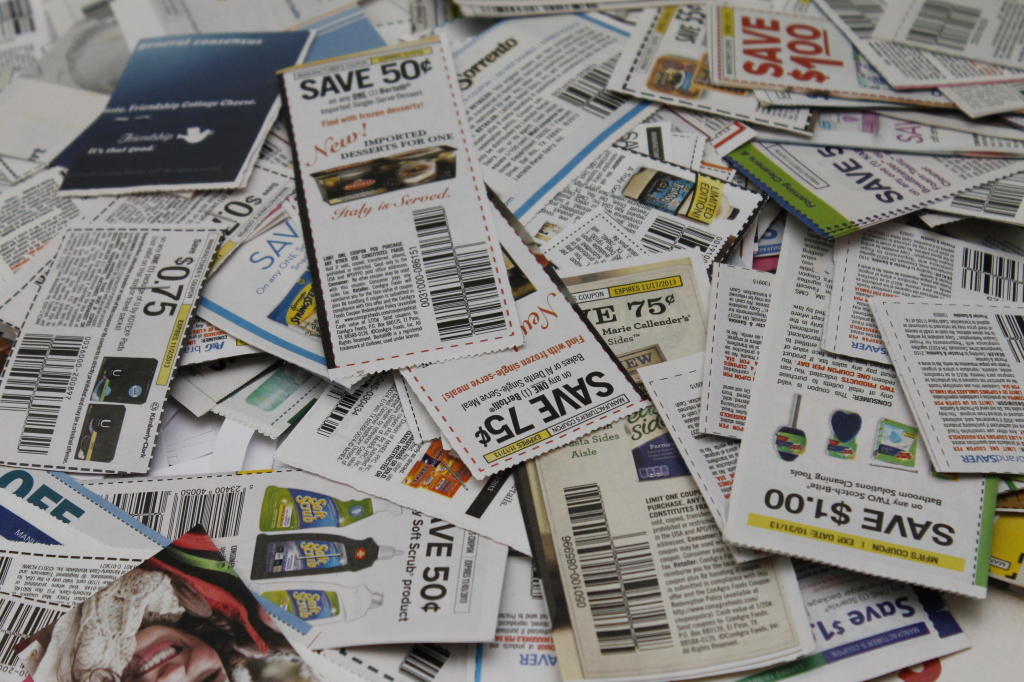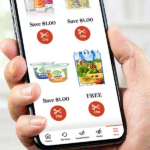The good news is that manufacturers are issuing a lot more coupons, worth a lot more money. The bad news is that fewer of those coupons will help you put food on the table – unless you like to feed your family shampoo and makeup.
New statistics show that coupons delivered in the Sunday newspaper inserts have been more plentiful and valuable so far this year, compared to the first half of last year. Kantar Media reports that more than 158 billion insert coupons were distributed through the end of June, up 3.4% from the first six months of 2013. Those coupons were valued at more than $267 billion, an 8% increase over this time last year.
But a whopping 65% of those coupons aren’t for things you can actually eat. Led by the personal care and health care categories, nonfood coupons represented two-thirds of all insert coupons printed, an increase of 8.2% over last year.
That’s great if you need to add more toothpaste and vitamins to your stash. But not so great if you like using coupons to buy food.
The latest figures represent a continuation of a trend, as noted by Kantar this time last year. The top categories for coupons at that time were razors, shaving cream, hair care, vitamins and pet food. The only edible products (by humans, at least) on the top ten list were “snacks” and “refrigerated meat”.
So far this year, the category of “refrigerated foods” saw the biggest drop in the number of coupons offered, leading an overall decline of 3.9% in the food category. Kantar attempted to put a positive spin on the numbers, saying as “coupon events decrease in refrigerated foods, remaining events will stand out to shoppers and retailers.”
In other words, there are so few coupons for refrigerated foods, that when you finally see one, you’ll really notice.
In another good news, bad news set of statistics, Kantar also reported that coupons’ values are increasing, but their expiration dates are approaching faster. The average face value of all insert coupons so far this year is $1.69, up 4.5% from this time last year. But the average length of time the coupons are valid, declined by 2.4%, to seven weeks. That marks “the seventh consecutive year of declining expiration lengths during the first half of the year,” Kantar points out.
So if you want to use coupons to stock up on more medicine and personal care items, you’d better act fast before your coupons expire. And if you want to use coupons to buy food for your family – well, if these trends continue, you might need to start looking in places other than your Sunday newspaper.
Image source: Flickr/Carol Pyles












Pingback: Lucky Deal Makes Eating Out Easier |
For me, this works because I don’t buy convenience, pre-packed and loaded with crap, frozen foods. Though I love getting household and HBA items for FREE.
But as for actual ingredients, I say what I always say, go directly to the manufactures and get the coupons you really want.
PS: Excellent post title. Nice grabber.